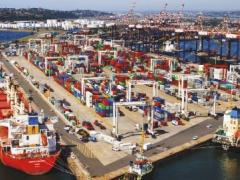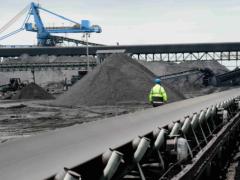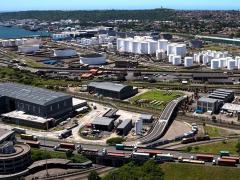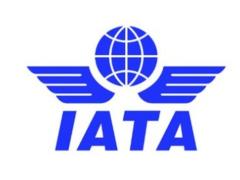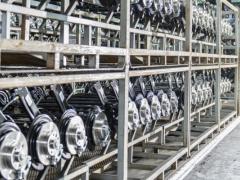While Sub-Saharan Africa (SSA) remains an important destination for many rated mining companies, diversification remains critical to offsetting the high operating risk of the region, says Moody's Investors Service in a Special Comment report published yesterday.
Moody's has identified the Democratic Republic of the Congo (B3 stable), Ghana (B1 negative), South Africa (Baa1 negative) and Zambia (B1 stable) as the four "Tier One" SSA countries that it expects will continue to attract the lion's share of mining investment and contribute the most to mineral production in the region.
Moody's report, entitled "Sub-Saharan Africa Provides Growth Opportunities For Miners, But Diversification Needed To Offset Higher Risk Operating Environments", is available on www.moodys.com.
"The most prominent country risk factors facing mining companies exposed to the region include infrastructure limitations, which present a barrier to new mining operations, and institutional and regulatory regime risks," says Gianmarco Migliavacca, a Moody's vice president -- senior analyst and co-author of the report. "Tough labour relations are another major country-specific issue, especially in South Africa, that keep operating risks high in the region," he said.
Moody's notes that while infrastructure and regulatory risks are generally lower in South Africa, labour relations are a bigger challenge for mining companies with operations in the country. These problems are greatest within the labour-intensive gold and platinum sectors, which often experience prolonged strikes leading to costly wage settlements with the local unions. These unions are generally more powerful than elsewhere in SSA.
In its report, Moody's also projects that a lack of adequate electricity supply may soon become a major infrastructure bottleneck, particularly in the Democratic Republic of the Congo where notwithstanding a boom in mining production during the past decade, in most part due to tax incentives, the funding of critical infrastructure projects has not kept pace. This has resulted in calls for the government to increase its share of the resource rents generated by the sector in order to support that investment.
Moody's views the four Tier One countries as being medium to high risk in terms of their regulatory regimes, given their low to moderate institutional strength. South Africa is the strongest while the Democratic Republic of the Congo is the weakest. A low or moderate degree of policy predictability and effectiveness, which is a factor implied by weak institutional strength, is negative for mining companies because they need predictability in order to make long-term plans and investments.
"However, increasingly assertive government policies aimed at getting more benefits from the mining industry are not necessarily negative, if they are negotiated and then introduced gradually," says Aurelien Mali, co-author of the report.
"The regulatory risk in Tier One countries is similar to other less mature but still attractive mining jurisdictions globally, and is outweighed by the rewards offered by the mineral wealth of these countries, as also evidenced by the investment they continue to receive," adds Mali.
Comments | 0



